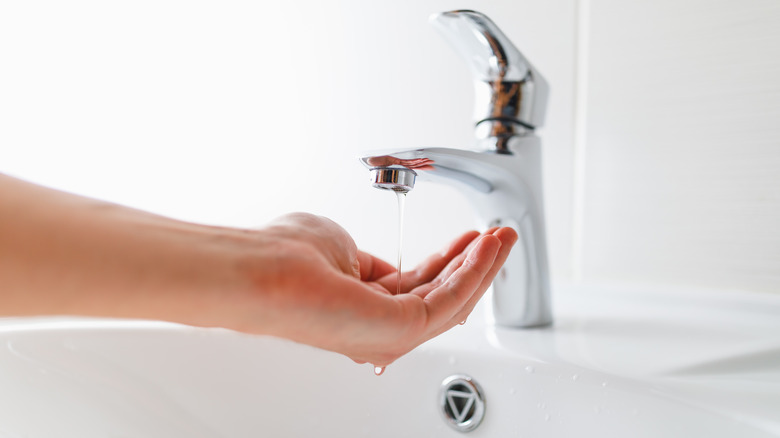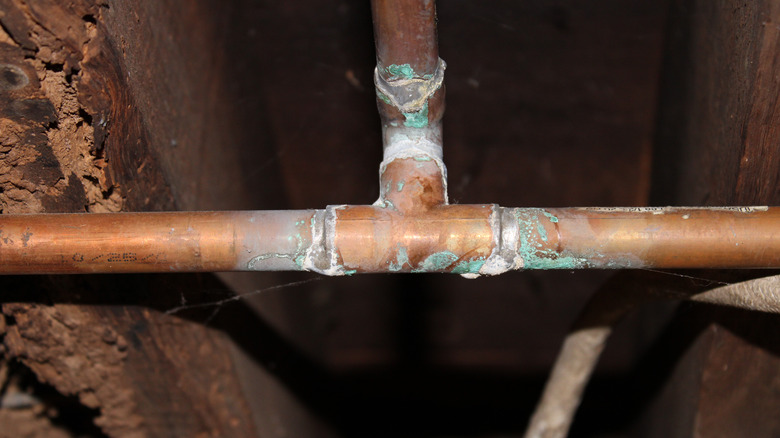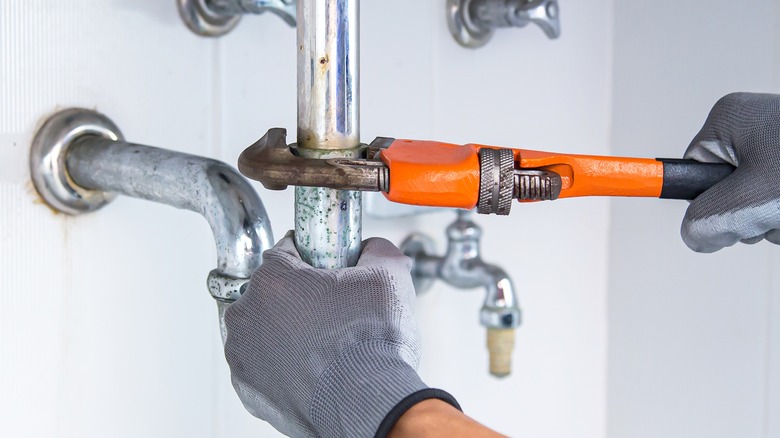Reasons Your House's Water Pressure Is So Low
Low water pressure in a home can be more than an inconvenience – it can interfere with daily tasks like showering, dishwashing, or laundry. The problem occurs when there is an inadequate water supply to fully complete these daily tasks, resulting in annoyance and a lack of efficiency in everyday routines.
Identifying low water pressure in your house may involve noticing a decrease in water flow when using faucets, showerheads, or other plumbing fixtures. Symptoms might include slow-filling toilets, weak water flow from washing machines or dishwashers, or sputtering faucets. These signs should prompt an investigation into the potential cause. It's essential to recognize that low water pressure might not always be a problem within the home itself. Problems could exist with the water supply to the house, such as an issue with the primary municipal supply pipe or a rupture in the water main.
Understanding what's causing low water pressure is the first step toward rectifying its problem. With an accurate diagnosis, steps can be taken to restore proper levels. Whether it's cleaning mineral deposits, fixing valve issues, or consulting with a professional plumber, the right approach can alleviate daily frustrations. It can also prevent further damage to your plumbing system, safeguarding the long-term integrity of your home.
Causes of low water pressure
There are some common causes of low water pressure in a house. One could be a shut or blocked water meter valve. If this valve is closed or blocked, it can restrict water flow. Another common cause is mineral buildup. Accumulation of deposits can clog pipes, reducing water flow and causing pressure to drop. Corroded pipes may also be an issue. Older homes with galvanized pipes may suffer from corrosion, restricting water flow and leading to low pressure.
If your neighbors are also experiencing a sudden drop in water pressure, a break in the water main in your area could be the cause. If your home is on a well rather than city water, you could be experiencing well failure or pump issues. A malfunctioning water pressure regulator can also disrupt the balance, causing it to drop. Faulty plumbing fixtures, such as issues with faucets, showerheads, or other fixtures, can also reduce water pressure. One additional potential cause is hard water which can leave behind mineral deposits that build up over time, restricting the flow.
How to fix low water pressure
There are several ways to address low water pressure issues. First, check the shut-off valve. Ensuring the valve is fully open can restore proper water pressure. If mineral buildup in the pipes is the cause, you can clear them using a descaling solution or hire a professional plumber to clean them. If the pipes are old and corroded, replacing them may be necessary to restore proper water pressure.
Plumbing leaks, whether hidden or visible, can significantly impact water pressure, and fixing these leaks can help restore the flow. If your home relies on a public water supply and the utility company cannot enhance the pressure, you can take matters into your own hands by installing a pressure tank and a pump. This addition can provide a boost to your supply piping system, effectively increasing the water pressure. Another way to improve water pressure is by adjusting the pressure-reducing valve on the main water supply pipe. By fine-tuning this valve, you can regulate and increase the pressure according to your needs.
If your low water pressure stems from an issue with your well, it's advisable to seek professional assistance. Gravity can be the culprit, particularly if your home or apartment building contains multiple stories. A professionally installed water booster system may help improve water pressure in such cases. If you cannot easily identify or fix the issue, it's advisable to consult a professional plumber to diagnose and repair the problem.


